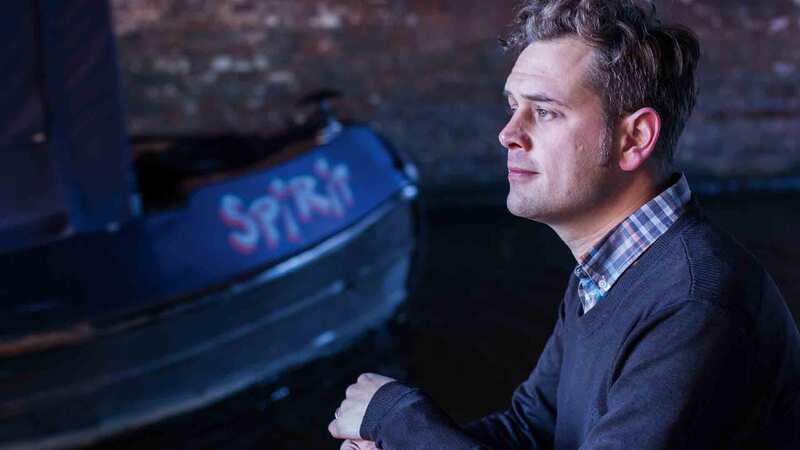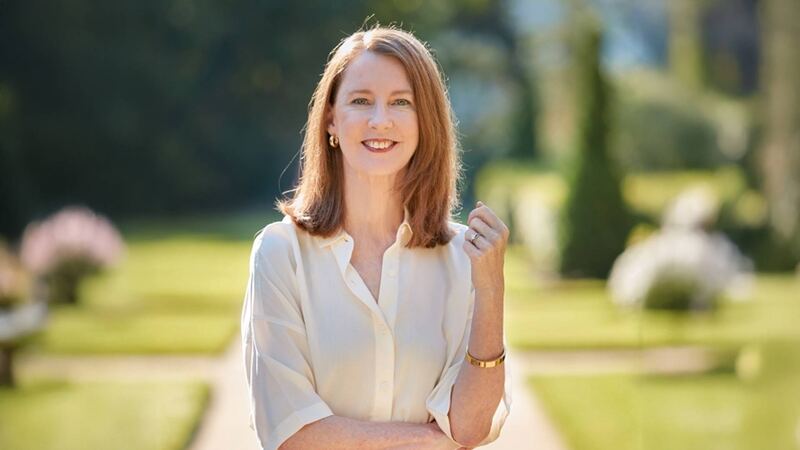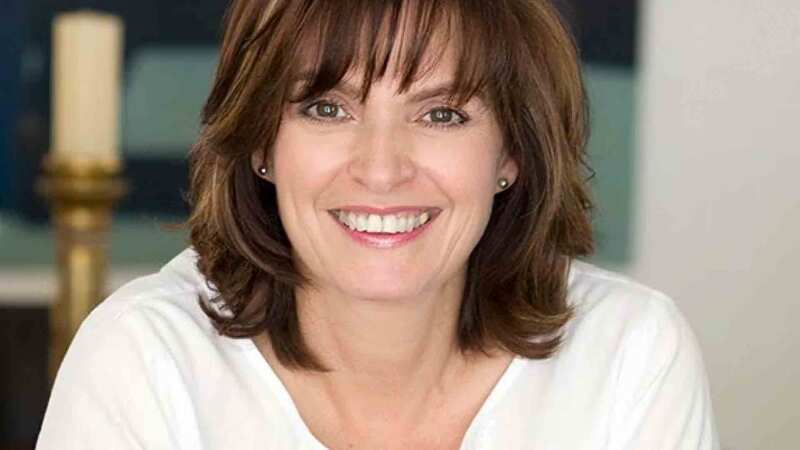You are viewing your 1 free article this month. Login to read more articles.
Books for Girls: Not Just a Younger Form of Chick-Lit
In my job as a literary scout, I have read hundreds of books for girls, ranging from searing accounts of abuse to delightful frothy romances, from mermaid adventures to (and this is an entirely subjective view) really, really bad formulaic pieces which read more like product placement for fashion labels.
Market research for this article – me asking my daughters what they and their friends thought of “books for girls” – revealed a clear view on the subject. They won’t read anything too pink. Or too sparkly. Or which in any way suggests that they, as teenage girls, can be categorized as belonging to one homogenous group.
I’m not even sure what the term means, to be honest, because a good book is a good book, and readers are defined by more than age and gender. There’s a generally held view, which I loosely adhere to, that on the whole boys favour books about action and adventure, while girls are more drawn to books about emotion and relationships. But then my dad loved Bridget Jones’ Diary. And the most passionate response I have ever received from readers of The Things We Did For Love, my Second World War book which was packaged very much as a romance, came from boys.
Girls’ books get a bad press. I should know. I have loved every minute of writing my Bluebell Gadsby books (inasmuch as it’s possible ever to love writing, but that’s a different story). These are “girl books”. They have sparkly covers. They have a female narrator. They’re funny and sad and juggle a vast array of different relationships. They’re inspired by and written with the help of the loves of my life, my fierce, hilarious teenage daughters. I’m prouder of these books than of anything I’ve ever written and yet, and yet… when people ask what I write, I have been known to kind of shrug and say, “oh, just books for girls.”
Well, not any more. I’ve been giving this a lot of thought since being asked to write this. Yes there are some frankly ****** girls’ books out there. But then there are ****** books written in every genre. And I know from witnessing it daily just how much pressure there is on girls today (and boys, for that matter). I’ve lived with a twelve-year-old anorexic. I’ve seen the elation of first love, the agony of breaking up with a best friend, the relentless, devastating effects of verbal bullying. I understand the double-edged fascination with fashion, and the tyranny of social media – the fun, the experimenting, but also the dreadful, dreadful fear of not fitting in. I know how exciting and scary it all is, and I know how young it all starts.
These issues matter. And whether we’re writing a frothy romance or a mermaid adventure, contemporary realism or a comic farce, it behooves us as authors (and publishers) to remember this. Respect for our readers is at the heart of what we do, but it’s never more important than when we’re writing for children – whatever their gender.
So I’ll say it now, loud and clear. I’m proud to be the author of books for girls. I’m over the moon to be shortlisted for Queen of Teen. On my next cover, I want EVEN MORE SPARKLES. Fiction by women about women is all too often dismissed as “chick-lit”, regardless of quality. We need to avoid this happening to books that reflect girls’ experiences back to them at an important time in their life.















